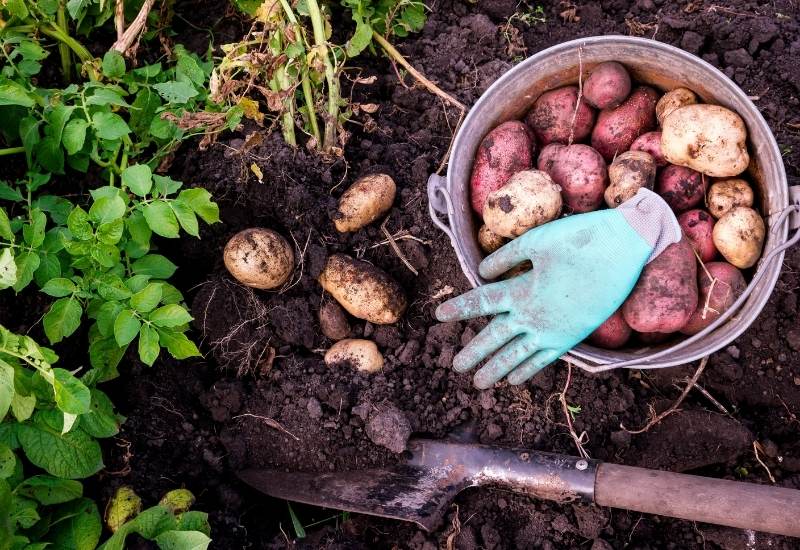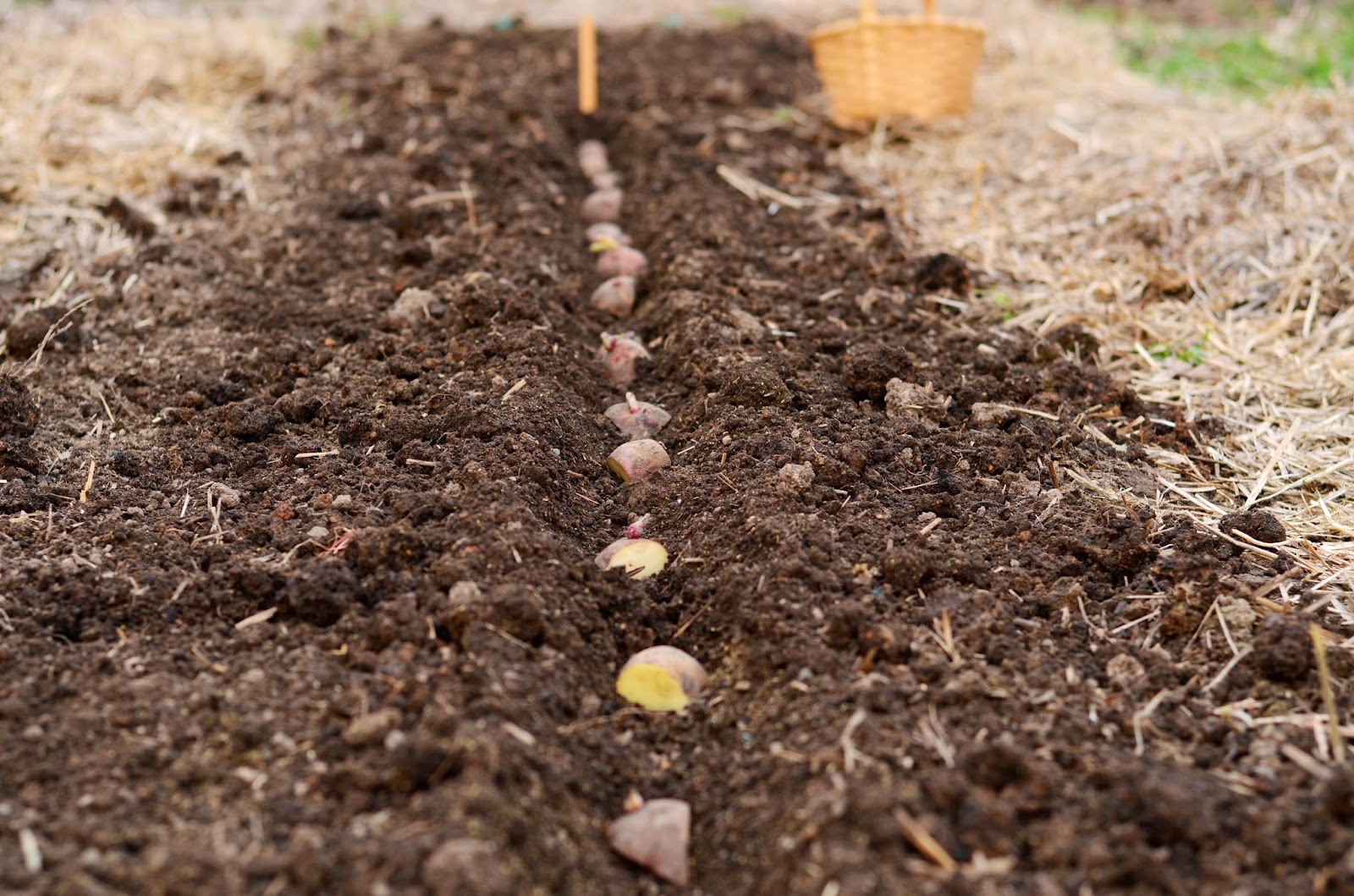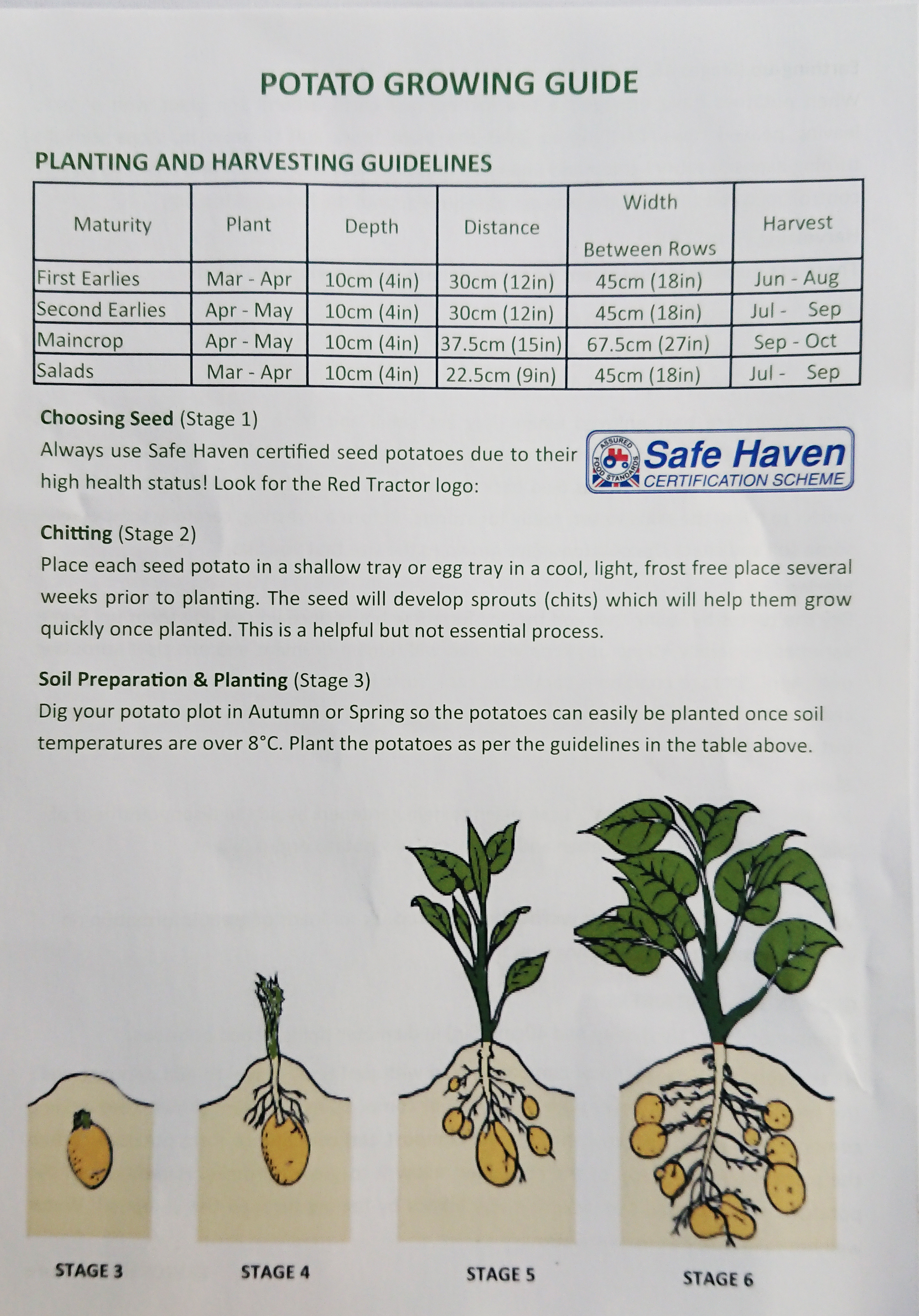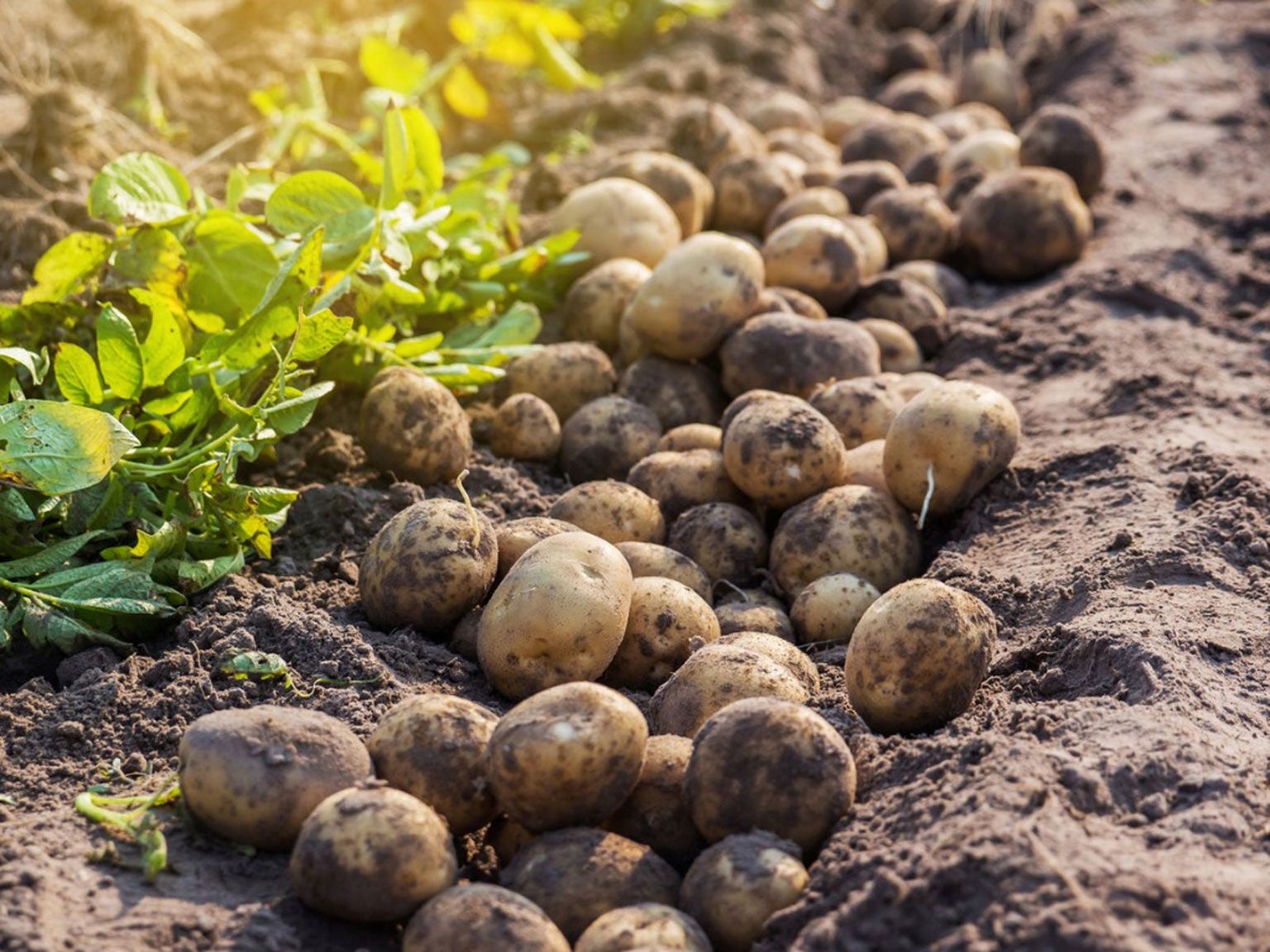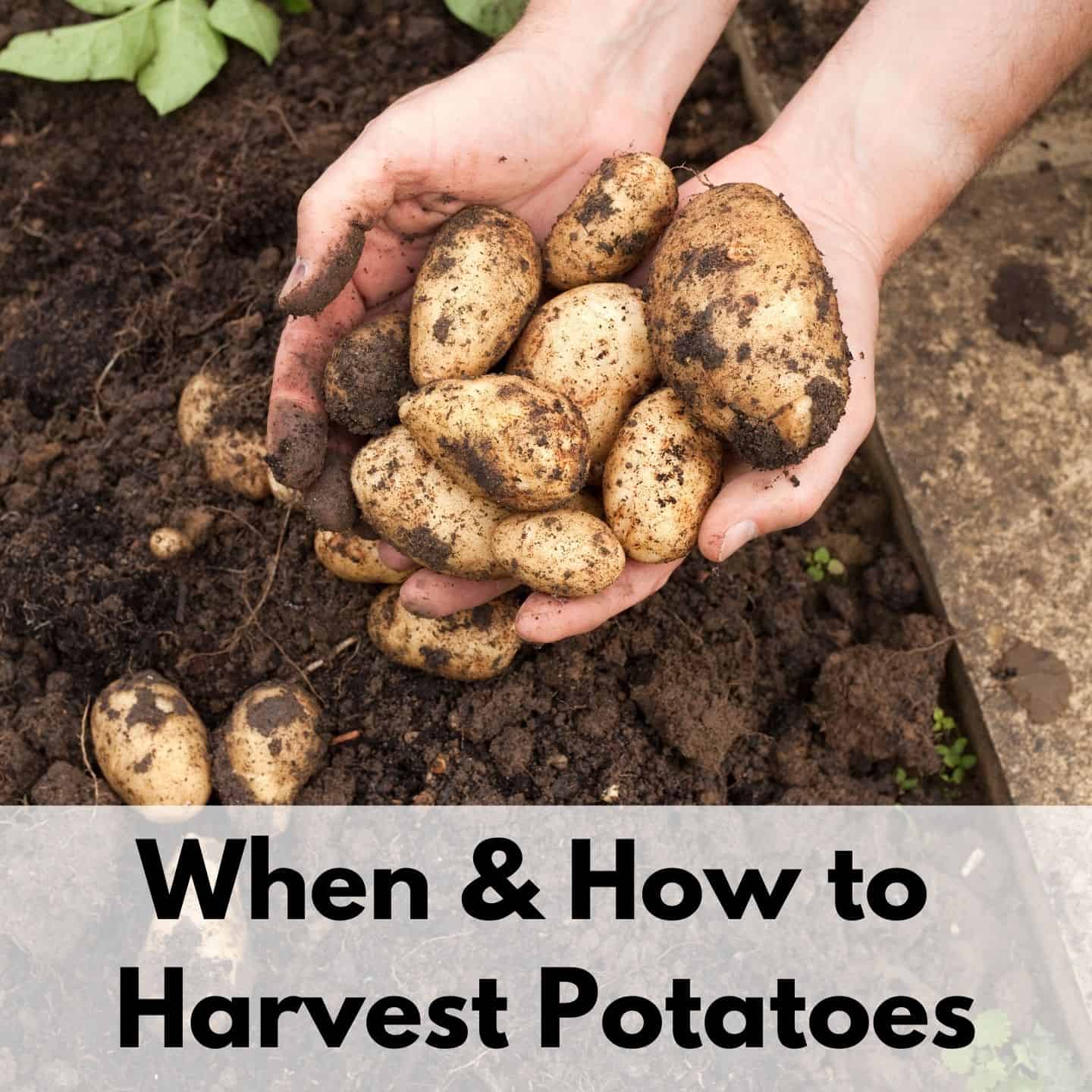The Art of Harvesting Potatoes at the Right Moment
Timing is crucial when it comes to harvesting potatoes. When should you harvest potatoes? The answer lies in understanding the importance of timing in potato harvesting. Harvesting potatoes at the right time ensures optimal flavor, texture, and yield. On the other hand, improper harvesting can lead to reduced quality and quantity. Potatoes that are harvested too early may not have reached their full potential, resulting in a lower yield and inferior flavor. Conversely, potatoes that are left in the ground for too long can become over-mature, leading to a decrease in quality and an increased risk of rot and disease. By harvesting potatoes at the right moment, growers can enjoy a bountiful crop with excellent flavor and texture.
Watching for Signs of Maturity: What to Look for in Your Potato Plants
As potatoes mature, they exhibit distinct physical signs that indicate when they are ready to be harvested. When should you harvest potatoes? One of the most obvious signs of maturity is the yellowing of leaves, which can start to turn yellow and wilt as the tubers reach full size. Another sign is the dying of vines, which can become brittle and dry as the plant prepares to go dormant. In some cases, tubers may even become visible above the soil surface, making it clear that they are ready to be dug up. To inspect plants without damaging them, gently dig around the base of the stem with a fork, being careful not to puncture or bruise the tubers. By monitoring these signs of maturity, growers can ensure that they harvest their potatoes at the optimal time, resulting in a higher yield and better flavor.
How to Check for Potato Readiness: A Step-by-Step Guide
To determine when should you harvest potatoes, it’s essential to check for readiness by carefully digging up a test potato. This process involves gently digging around the base of the stem with a fork, being careful not to puncture or bruise the tubers. Start by selecting a potato plant that appears mature, with yellowing leaves and dying vines. Then, carefully dig around the plant, feeling for the tubers with your fingers or the tines of the fork. Once you’ve located a tuber, gently lift it out of the soil, taking care not to damage it. Inspect the tuber for signs of maturity, such as a rough, brown skin and a firm, dense texture. If the tuber is immature, it will be small, soft, and greenish in color. If it’s rotten, it will be soft and mushy, with an unpleasant odor. By following these steps, growers can ensure that they harvest their potatoes at the optimal time, resulting in a higher yield and better flavor.
The Role of Weather and Climate in Potato Harvest Timing
Weather conditions play a significant role in determining when should you harvest potatoes. Frost, drought, and excessive rain can all impact potato harvest timing, and growers must be prepared to adjust their harvesting schedules accordingly. Frost, for example, can damage or kill potato plants, making it essential to harvest tubers before the first frost. Drought, on the other hand, can cause tubers to become dehydrated and reduce yields. Excessive rain can lead to rot and other diseases, making it crucial to harvest potatoes quickly to prevent damage. To mitigate the effects of weather on potato harvest timing, growers can use row covers or other protective measures to shield plants from frost and extreme weather conditions. Additionally, monitoring weather forecasts and soil moisture levels can help growers plan their harvests more effectively. By taking these precautions, growers can ensure that they harvest their potatoes at the optimal time, resulting in a higher yield and better flavor.
Variety-Specific Harvesting: What You Need to Know
Different potato varieties have unique harvesting requirements, and understanding these differences is crucial to ensure optimal flavor, texture, and yield. For example, early-maturing varieties like ‘Red Thumb’ and ‘Yukon Gold’ are typically ready to harvest within 70 to 100 days of planting, while maincrop varieties like ‘Russet’ and ‘Idaho’ take longer, typically between 100 to 140 days. Additionally, some varieties, such as ‘Fingerling’ and ‘Purple Peruvian’, have a longer maturation period and may require multiple harvests to ensure all tubers are collected. When should you harvest potatoes also depends on the specific characteristics of the variety, such as tuber size, shape, and skin color. By researching the specific harvesting requirements of their potato variety, growers can ensure they harvest their potatoes at the optimal time, resulting in a higher yield and better flavor.
Avoiding Common Harvesting Mistakes: Tips from Experienced Growers
Even experienced growers can make mistakes when harvesting potatoes, but being aware of these common pitfalls can help ensure a successful harvest. One of the most critical mistakes to avoid is digging too early, when tubers are still immature and not yet fully formed. This can lead to a reduced yield and poor flavor. On the other hand, digging too late can result in tubers becoming over-mature, leading to a decrease in quality and flavor. When should you harvest potatoes is also crucial, as digging during the wrong weather conditions, such as during a drought or when the soil is waterlogged, can damage tubers. Additionally, not inspecting plants regularly can lead to missed harvests or rotting tubers. To overcome these challenges, growers can start by checking their plants regularly for signs of maturity, and then carefully digging up a test potato to check for readiness. By being mindful of these common mistakes, growers can ensure a successful harvest and enjoy a bountiful crop of delicious, flavorful potatoes.
Storing Your Harvest: How to Keep Your Potatoes Fresh for Longer
After harvesting, proper storage is crucial to maintain the quality and freshness of potatoes. When stored correctly, potatoes can last for several months, providing a steady supply of delicious, nutritious tubers throughout the year. To store potatoes, start by curing them in a warm, dark place with good ventilation for 2-4 weeks. This helps to heal any wounds and form a protective skin. Next, transfer the potatoes to a cool, dark place with a consistent temperature between 35°F and 40°F (2°C and 4°C). Ensure the storage area is well-ventilated and dry, as excess moisture can lead to rot and spoilage. It’s also essential to keep potatoes away from direct sunlight, as this can cause them to sprout or become green. By following these simple storage tips, growers can enjoy their potato harvest for months to come, and make the most of their hard work. Remember, when should you harvest potatoes is just the beginning – proper storage is key to enjoying a bountiful crop all year round.
Maximizing Your Potato Yield: Best Practices for Harvest and Beyond
In addition to timing, several other factors can impact potato yield and quality. To maximize yields, it’s essential to focus on soil preparation, crop rotation, and pest management. Start by preparing the soil with a balanced fertilizer and well-rotted compost to provide nutrients for healthy growth. Rotate potato crops annually to avoid depleting the soil of specific nutrients and to reduce the risk of disease. Regularly inspect plants for signs of pests and diseases, and take action promptly to prevent infestations. By combining these best practices with optimal harvesting techniques, growers can enjoy a bountiful crop of delicious, nutritious potatoes. Remember, when should you harvest potatoes is just one aspect of successful potato cultivation – attention to detail throughout the growing season is key to achieving maximum yields. By following these guidelines, growers can enjoy a successful harvest and make the most of their potato crop.


